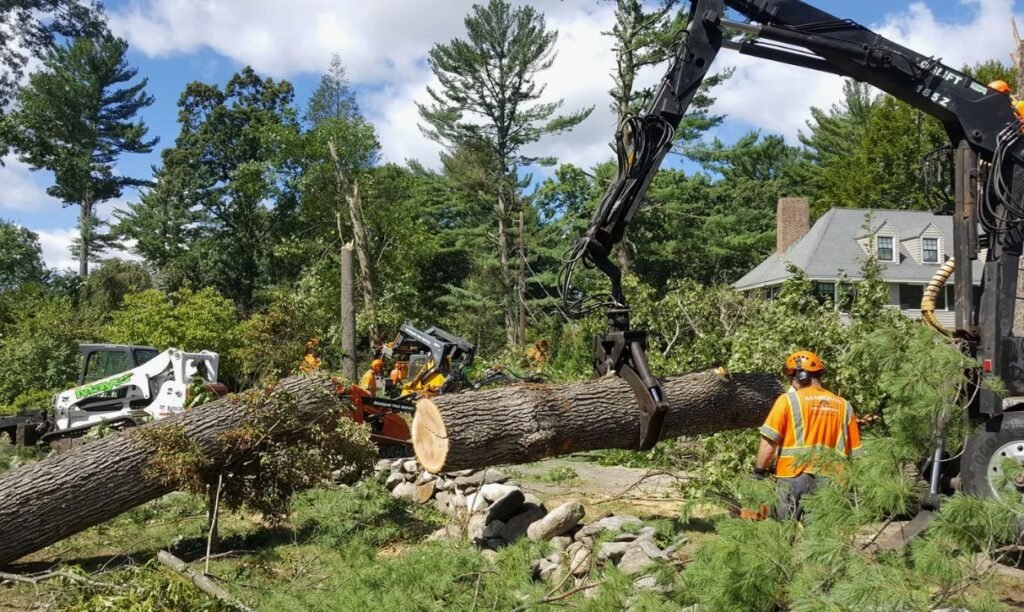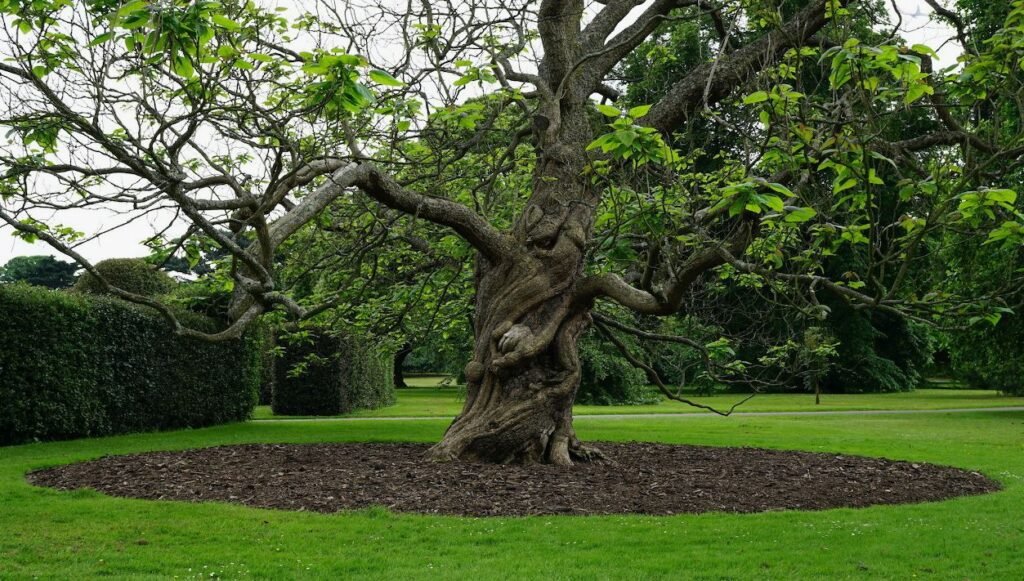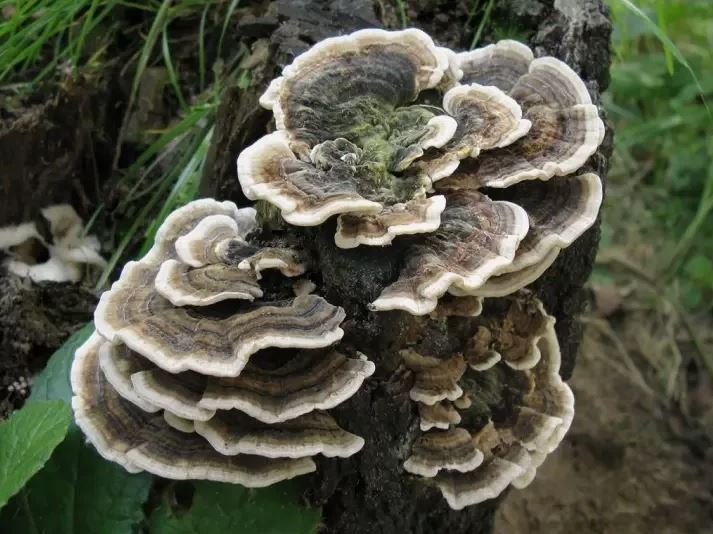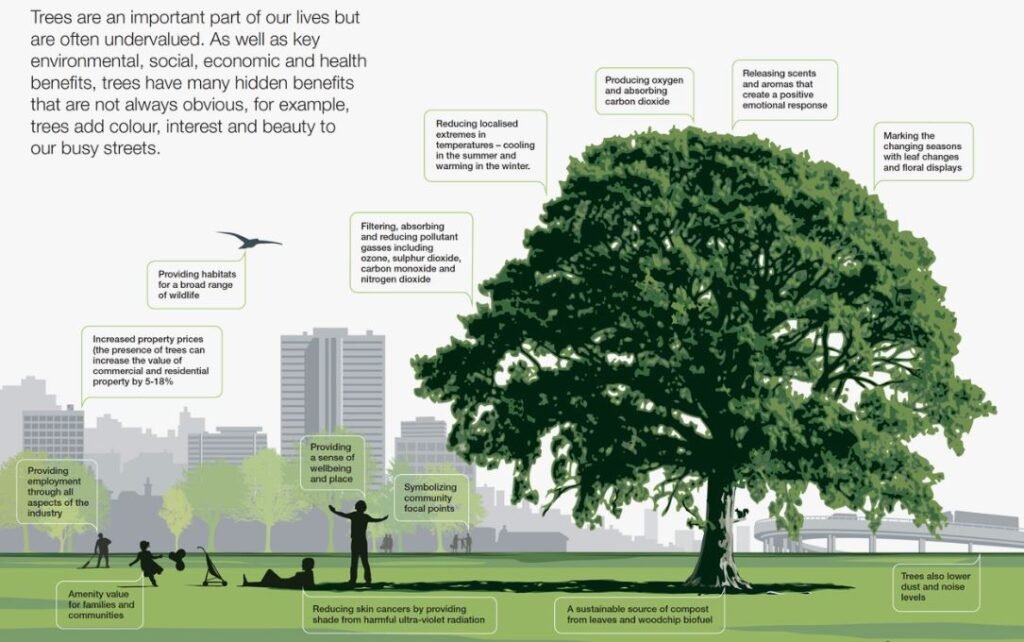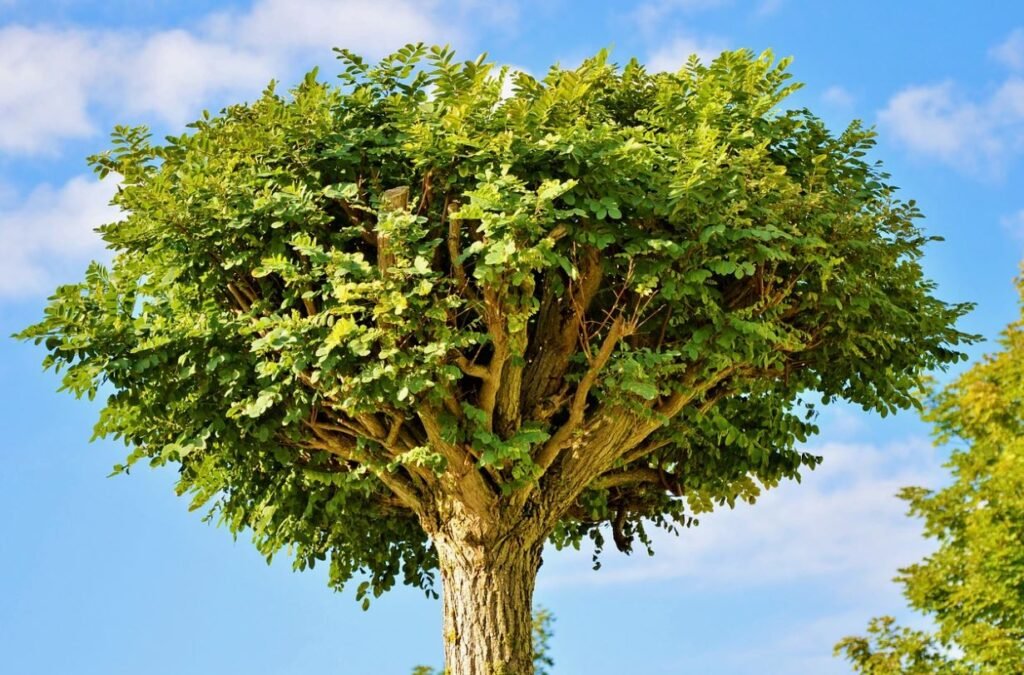What’s Tree topping?
Tree topping is the act of cutting off the vertical stems, the large branches or trunks leaving stubs and the lateral branches. This leaves the tree without a terminal leader. This practice is also known as heading, tipping or rounding over. Topping can severely damage a tree beyond recovery. This is perhaps the most harmful pruning practice.
Why are trees topped?
Homeowners top trees when they feel that they have overgrown to unacceptable height. In some cases, trees are topped when they interfere with utility lines, buildings or when they shade gardens. Obstruction of views also lead some homeowners to hire pruners to top trees.
Trees are also topped to stimulate growth. When the head is removed the tree responds to the sudden loss of leaves by producing adventitious shoots. These shoots are however susceptible to many problems. The succulent nature of these shoots makes then ready targets of pest and insects like caterpillars and aphids.
Topping is a hurtful practice that has more disadvantages than the benefits. Topped trees have a shorter lifespan and end up with a weak top that can easily drop branches. While selecting a tree service research on the companies that advocate for this vice. Arborists consider topping unacceptable and advice against it.
Topping eliminates large portions of leaves hence interfering the trees ability to process foods. The stored reserves are also depleted. The topping and the subsequent growth that results has numerous disadvantages that are outlined below:
Undesirable effects of tree topping?
Creation of large slow to heal wounds: The wounds left behind by topping heal very slowly and as a result are vulnerable to disease and insect infestation. An insect or fungal infection can easily spread through the trunk causing death of the tree.
Growth of undesirable water sprout: Topping stimulates the growth of straight unattractive suckers. This is a reaction to the loss of leaves. The sprouts grow vigorously to a point where the tree can regain its original height but with a different appearance.
Topped trees are ugly: Once topped trees lose their aesthetic value. The natural majestic appeal can no longer be regained. The huge scars left behind and the broom like growth that results are an eyesore. Trees take multiple years to grow and all that gain can be destroyed by a single move by an ill-informed pruner. Property values plunge by over 20 percent where trees are topped.
It is expensive: Once topped a tree must be topped regularly every few years and eventually eliminated when it dies or when the owner gives up. This process requires a lot more money than maintaining a tree through proper pruning. Properly pruned trees are healthy and beautiful, need less maintenance and cost less in the long term. To avoid topping the mature height of the tree should be considered before planting and the right tree planted at the right place.
Topping is dangerous: Topping s the most hurtful thing you can do to a tree and can lead to internal columns of rotten weakened wood. A topped tree is exposed to insect infestation and fungal decay. When cuts are made properly in relation to branch collars a tree cannot protect itself from rot. Such trees are very unsafe and can easily fall or drop branches on passersby, cars or buildings. The thick broom like growth that results from topping makes the top of the tree heavy and more likely to resist wind. In a storm such a tree is likely to be blown over.
Starvation of the tree: Removal of leaves inhibits the synthesis of food in the tree. Continuous removal of leaves literally starves the tree forcing it to use stored reserves to grow more shoots.
Alternatives to tree topping
There are number of ways a property owner can control the growth of a tree without affecting its structure. Spiral thinning and other methods of canopy thinning can allow light penetration, decrease wind resistance and allow air circulation These methods maintain the health of the tree while also limiting the undesirable features of overgrown trees. However, the best method is planting the right tree at the right place by considering its mature height. The tree can also be removed entirely and replaced with a species appropriate for the particular ste.
